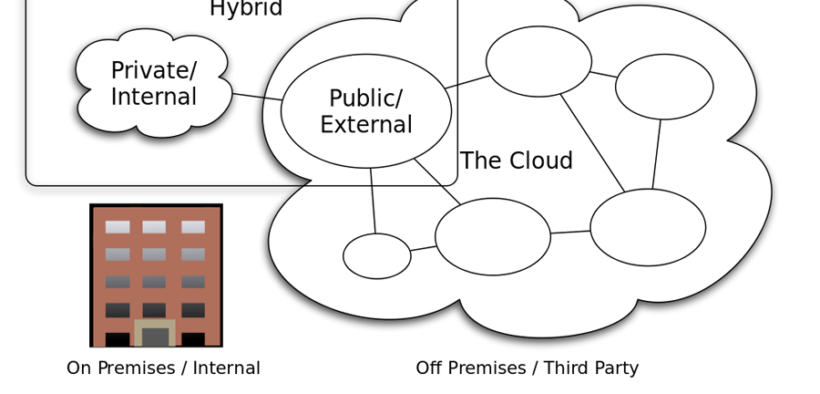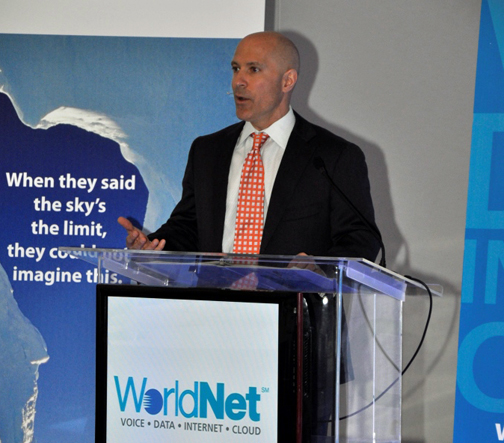Practical Techie: The move to the ‘greening’ of the electronic cloud

As the call for a greener cyberspace gains momentum, beginning with migrating the thick of our digital operations to “greener pastures” within the web, users should surmise whether a public, a hybrid or a private cloud is the cleaner option.
The trend toward sustainable cloud design means that remote computing providers commit to carbon reduction and responsible innovation. Historically, providers of cloud service have driven hard on financial, security, and computing agility, but now green sustainability is also an imperative. In essence, cloud computing is the on-demand availability of computing resources, especially data storage and software power, without direct management by the user.
CLOUDS — A public cloud offers a range of IT services and resources accessible to anyone who subscribes and pays for them. It is run by a cybernetics corporation which is responsible for services and maintenance of its infrastructure. It operates on a shared platform, so cybersecurity is always a concern. Revenues are contracted long-term or servers as a pay-as-you-go service. The user has very little control over the design and products offered by this type of electronic enterprise.
A private cloud is on-premise or off-premise, solely operational solely for the use of a single organization which would be the holder. All cloud configurations are decided by the owner. It can be managed by the organization itself or can be outsourced to any third party. Only the organization itself can use the private cloud services.
Hybrid cloud is any combination of both, offering more flexible options for the services provided. Operating this concept is much more expensive and complex as extensive hardware, software and middleware is required. This cloud provides access to both internal and external organizations.
GREENING — Since 2013, companies with consistent environmental performance have been pushing for awareness about the need to green the web. Their first call is for internet companies to be more energy-efficient. Strategies include making the public clouds more cost efficient than enterprise-owned data centers. Also, that migration to the public cloud can reduce carbon dioxide emissions by 59 million tons per year which equates to taking 22 million cars off the road.
The premise is that with these changes — enabled by clean energy transitions of old style computing to the cloud — millions of tons of material waste will happen soon, or at least by the middle of this century. Furthermore, these changes will bring better data insights and faster analytics for business and social media operations.
MIGRATING — Moving computing operations toward a greener cloud has its tricks. Any migration journey to a sustainable cloud realm begins with selecting cloud operators with an proper environmental signature. Also, each corporation should plan on how to build, power, operate their new computing protocols, but most of all, how to cleanly retire their old data centers.
To capture the cloud’s full value, there are some elemental paces which include modernization, innovative management and a wise migration procedure. Achieving these steps, the experts say, will unlock flexibility, agility and new growth opportunities as required by leading edge digital business. Also, to reinvent a firm’s networks and workplace experience by taking advantage of cloud computing’s full spectrum of services.
In summation, companies are seizing on cloud computing as a key enabler for digital transformation. This especially when the COVID-19 pandemic has further accelerated the need. Public clouds represent a clean move toward energy-efficient infrastructure and are definitely more cost efficient than outdated, enterprise-owned data centers with a strong carbon-based footprint. We’ll see how it all pans out.









